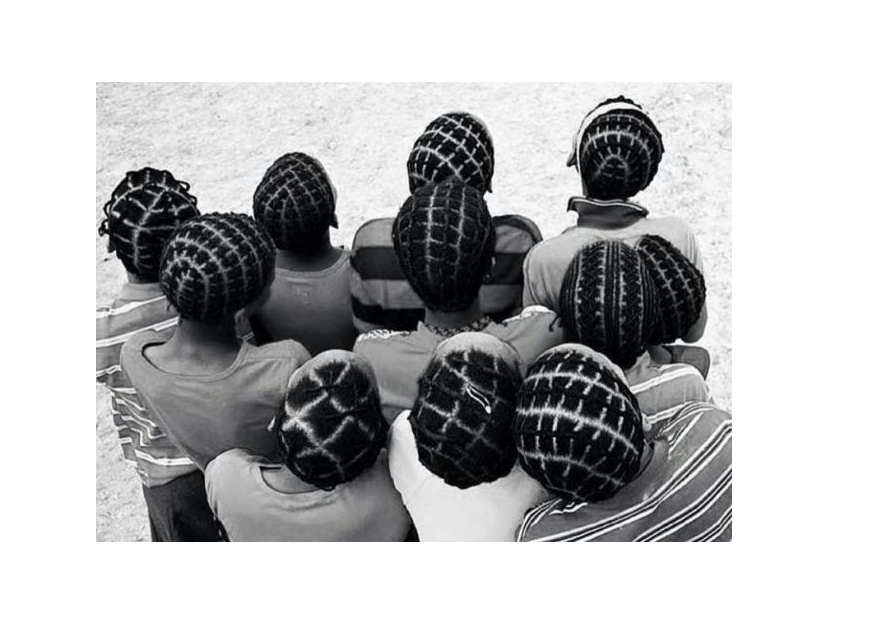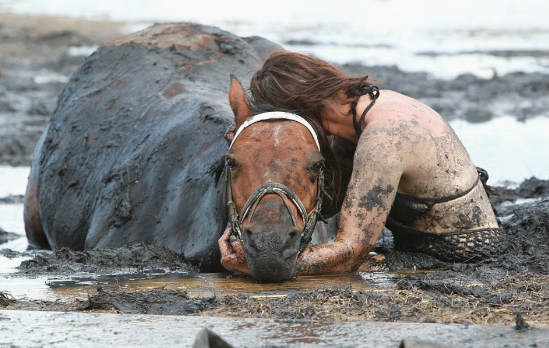The Secret Meaning of the African Cornrows
Take a look at what these hairstyles actually mean to the Africans or even people of colour
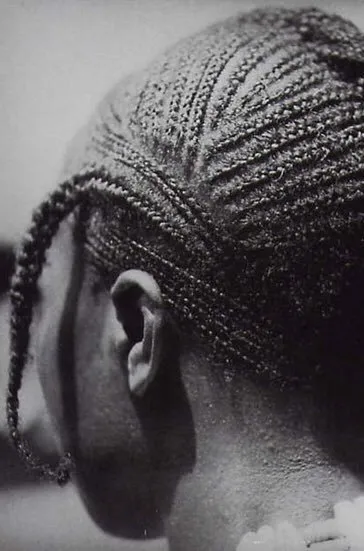
There has been much debate about modern celebrities wearing African hairstyles and whether it amounts to cultural appropriation.
Many who understand the history and significance of these hairstyles believe that using them simply as a fashion statement is disrespectful to the painful history behind them. This doesn’t mean people from other cultures can’t wear these styles, but it’s important to acknowledge their deeper meaning.
Before saying “we can’t even wear a hairstyle we like,” it’s worth considering what these hairstyles truly represent to Africans and people of color.
What Are Cornrows?
Cornrows have a deep history, with depictions of women wearing them dating back to 3000 B.C. in Stone Age paintings in the Sahara. Even Native American art from 1,000 years ago shows people wearing cornrows. This tradition has remained strong in parts of Africa, especially in the Horn of Africa and West Africa.
In the past decade, cornrows have gained popularity among women of all cultures. Once mainly worn by young African and African American girls, the style is now embraced by women of all ages.
However, many are unaware of the rich history behind cornrows. Beyond being a fashion statement, these braids have a meaningful past, even playing a role in freedom struggles. In many African societies, cornrow patterns have been used to reflect a person’s community, age, marital status, wealth, power, social position, and religion. In the Caribbean, the style is often called cane rows, symbolizing “slaves planting sugar cane,” not corn.
Cornrows are usually formed in neat, straight rows, but they can also be styled into a variety of geometric and curved designs.
For people of African origin, cornrows hold deep cultural and historical importance. Misusing or appropriating the style has led to significant backlash from the community.
Historically, men have also worn cornrows. This can be traced back to the early 19th century in Ethiopia, where warriors and kings like Tewodros II and Yohannes IV were often depicted with cornrow hairstyles.
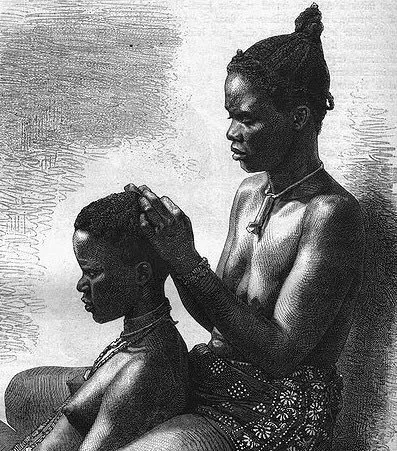
Used By Slaves As Maps To Escape?
As cornrows made their way from Egypt and Africa, they became a way for people in the community to connect, almost like a shared language.
Patrice Grell Yursik, author of the blog *AfroBella*, explains that in Trinidad, these braids are called “cane rows” in reference to slaves working in sugar cane fields.
Cornrows also symbolize various social aspects like family ties, age, religion, ethnicity, status, and identity.
During the Middle Passage, when millions of Africans were forcibly taken to the Americas as part of the Atlantic Slave Trade, their heads were shaved. This was done not only for hygiene but to strip away their culture and identity.
For many slaves, wearing cornrows in the New World became a subtle act of rebellion and a way to hold onto their heritage.
African hair, often considered “unruly” during this time, was also styled into tight braids like cornrows as a way to keep it neat and manageable.
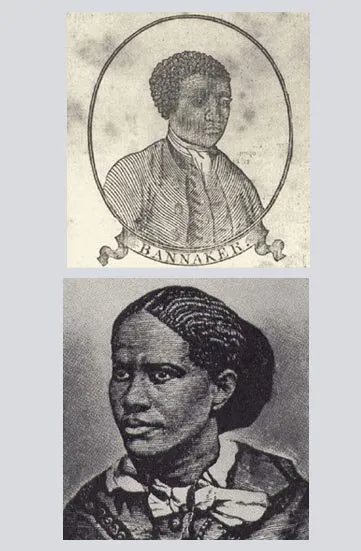
One of the most remarkable ways cornrows helped enslaved Africans was by serving as a discreet method to create and share escape maps.
Enslaved people used these braided patterns to design and pass along maps, helping them navigate their way to freedom. This form of resistance was particularly noted in South America, especially in Colombia.
A well-known example is Benkos Biohó, an African king captured by the Portuguese who escaped slavery. In the 17th century, he founded San Basilio de Palenque, a village in northern Colombia that became a safe haven for escaped slaves. Biohó developed his own language and intelligence network, and women would braid maps and messages into their cornrows to help others escape.
What’s even more fascinating is that San Basilio de Palenque still exists today, with a population of around 3,500 people, continuing its legacy of resistance and survival.

Biohó not only built the village with other escaped slaves, but he also developed a unique language, formed an army, and created an intelligence network to guide and organize their journey to liberated areas.
He came up with the idea for women to braid maps and deliver messages through their cornrows. Since slaves weren’t allowed writing materials, or if they had them, the risk of messages falling into the wrong hands was too high, cornrows provided a clever way to communicate. No one would suspect that maps could be hidden in a hairstyle, making it an effective and discreet method.
In Colombia during slavery, hair braiding became a way to send messages. For example, when slaves planned to escape, women would braid their hair in a style called “departes,” with thick, tight braids tied into buns at the top. Another style featured curved braids close to the scalp, representing the roads they would take to escape. They even hid gold and seeds in their braids, which helped them survive after they fled.
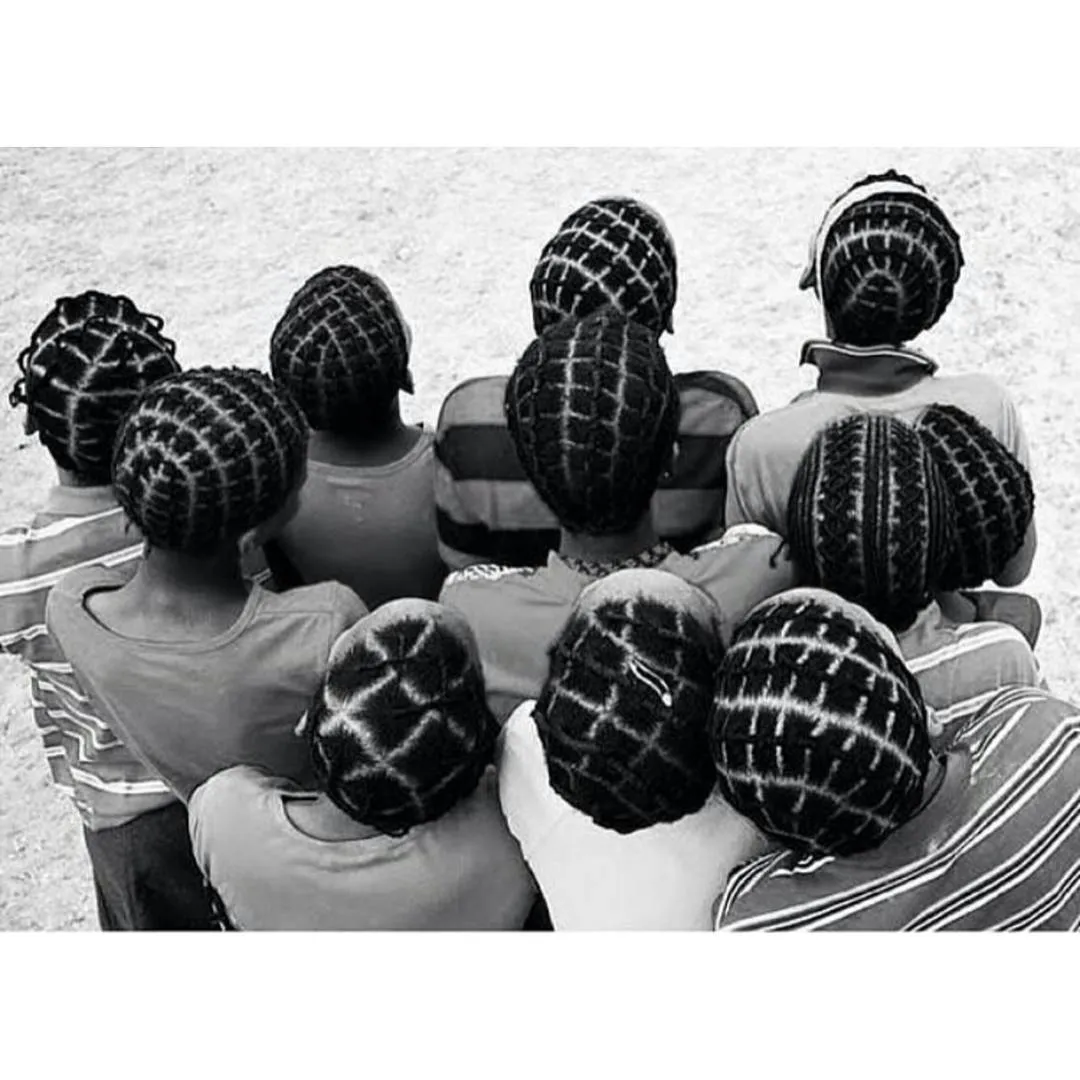 Another clever strategy Bioho implemented was having women use seeds as decorations in their hair. These seeds were later used by the freed slaves to grow their own crops, helping them become self-sufficient.
Another clever strategy Bioho implemented was having women use seeds as decorations in their hair. These seeds were later used by the freed slaves to grow their own crops, helping them become self-sufficient.
Despite the deep cultural significance of cornrows for African people, they were once widely regarded as “dirty” or inappropriate for a “normal” appearance. However, in recent years, there has been a resurgence of braided hairstyles in Colombia, and this trend has spread across the globe.
